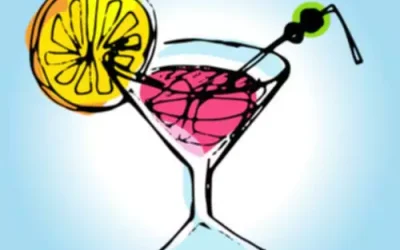Early attention and treatment are key to managing this complex condition. Types of shock include septic (widespread infection), hypovolemic (loss of blood/fluid), and cardiogenic (heart malfunctioning) shock. The treatment of type B lactic acidosis is geared towards the specific cause. Sorting out the type and cause of lactic acidosis is key to guiding treatment. Symptoms and signs of lactic acidosis depend on the type, severity, and underlying cause.
Personal Stories of Alcohol Addiction and Type 1 Diabetes – Healthline
Personal Stories of Alcohol Addiction and Type 1 Diabetes.
Posted: Mon, 26 Oct 2020 07:00:00 GMT [source]
Differential diagnosis
Management is based around exclusion of serious pathology and specific treatment for AKA where it is present. A possible link between AKA and sudden death in chronic alcoholism has been proposed but remains unconfirmed. Gluconeogenesis, which also occurs primarily in the liver, involves the formation of new glucose molecules from alanine and glycerol.
What Are the Symptoms and Signs of Lactic Acidosis?
Viral or bacterial infections such as pneumonia, urinary tract infection, and sepsis can trigger DKA. This is because your body needs more insulin than usual during an infection. The majority of papers detected by this search focus primarily on diabetes mellitus and its complications, and were excluded.
- Heavy alcohol consumption (i.e., 200 grams of pure alcohol, or approximately 16 standard drinks, per day) can cause ketoacidosis in both diabetics and nondiabetics (Wrenn et al. 1991).
- For blood sugar management, people with diabetes shouldn’t go more than five or six hours without food.
- The metabolism of alcohol itself is a probable contributor to the ketotic state.
- Abnormalities in the levels and metabolism of lipids are extremely common in people with either type 1 or type 2 diabetes and may contribute to those patients’ risk of developing cardiovascular disease (Durrington 1995).
Associated disease states
When your liver uses up its stored glucose and you aren’t eating anything to provide more, your blood sugar levels will drop. Alcoholic ketoacidosis is a metabolic complication of alcohol use and starvation characterized by hyperketonemia and anion gap metabolic acidosis without significant hyperglycemia. Diagnosis is by history and alcoholic ketoacidosis findings of ketoacidosis without hyperglycemia. Hypomagnesemia and hypophosphatemia are common problems seen in the laboratory evaluation due to decreased dietary intake and increased losses. As mentioned above, the direct measurement of serum beta-hydroxybutyrate is more sensitive and specific than the measurement of urine ketones.
Alcoholic ketoacidosis
- 3A standard drink contains 12 grams (approximately 0.5 ounce) of pure alcohol.
- Types of shock include septic (widespread infection), hypovolemic (loss of blood/fluid), and cardiogenic (heart malfunctioning) shock.
- The next important step in the management of AKA is to give isotonic fluid resuscitation.
- When your liver uses up its stored glucose and you aren’t eating anything to provide more, your blood sugar levels will drop.
- Given the potential severity and the need for frequent monitoring for intravenous insulin therapy and possible arrhythmias, patients may be admitted to the intensive care unit.
Clinicians underestimate the degree of ketonemia if they rely solely on the results of laboratory testing. It most often occurs in a malnourished person who drinks large amounts of alcohol every day. Your doctor may also admit you to the intensive care unit (ICU) if you require ongoing care. The length of your hospital stay depends on the severity of the alcoholic ketoacidosis. It also depends on how long it takes to get your body regulated and out of danger. If you have any additional complications during treatment, this will also affect the length of your hospital stay.
- Plasma glucose levels are usually low or normal, but mild hyperglycemia sometimes occurs.
- This study also did not have a wide population of women, and so more research needs to be done in females.


